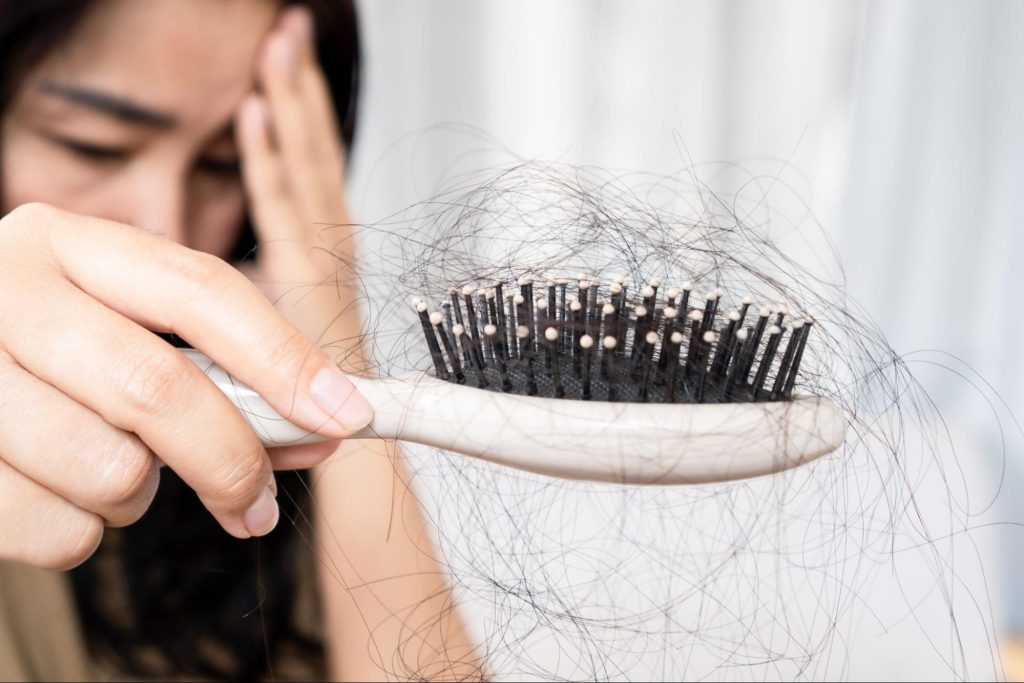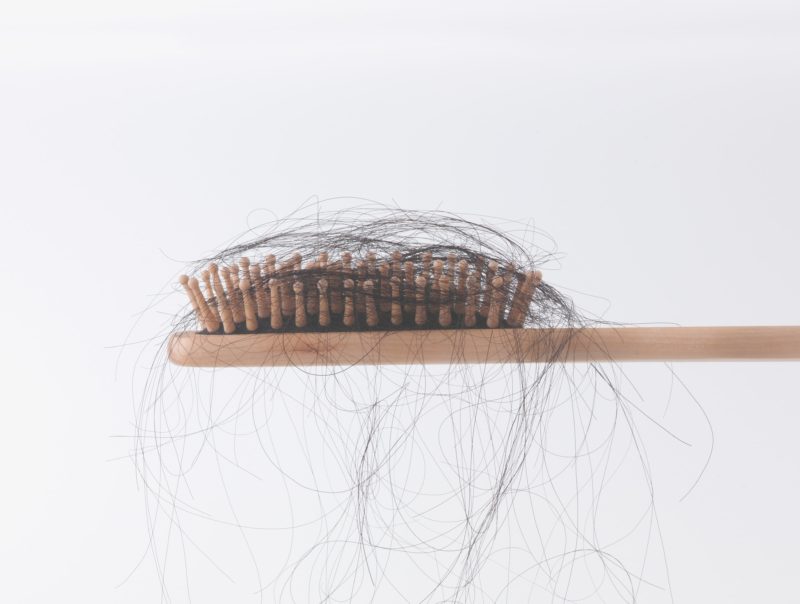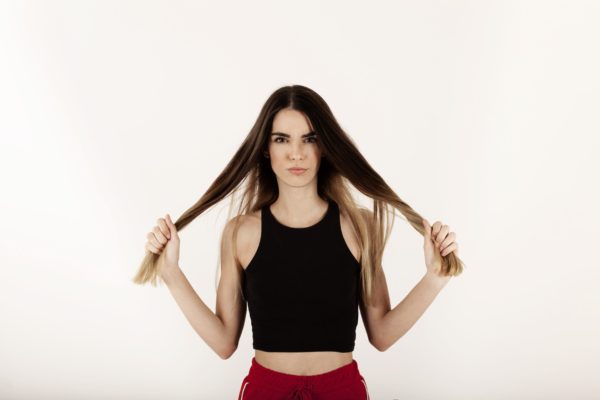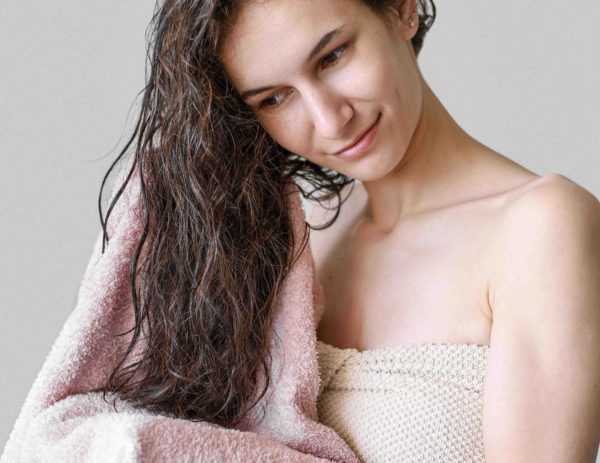 0
0
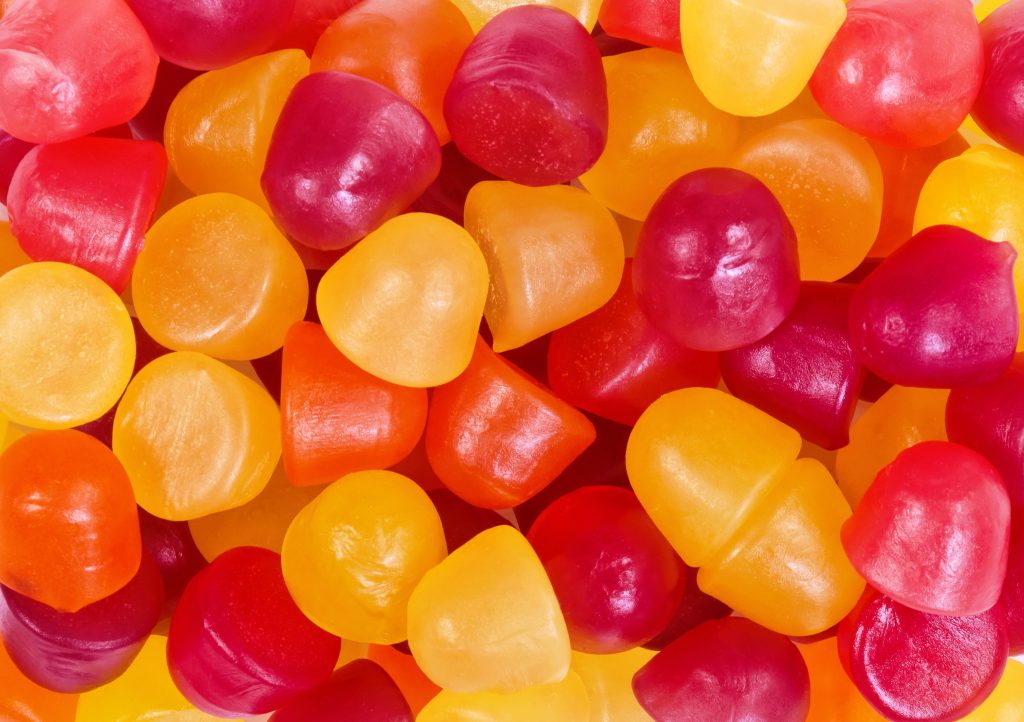
Hair Growth Gummies: Miracle Cure or Sugary Scam?
Hair growth gummies burst onto the scene in 2016, promising luscious locks with every bite. These chewy supplements quickly became a social media sensation, with influencers and beauty enthusiasts alike raving about their potential to take their hair to greater lengths. But amidst the hype and countless before-and-after photos, a nagging question persists. Do hair growth gummies actually work? Are



